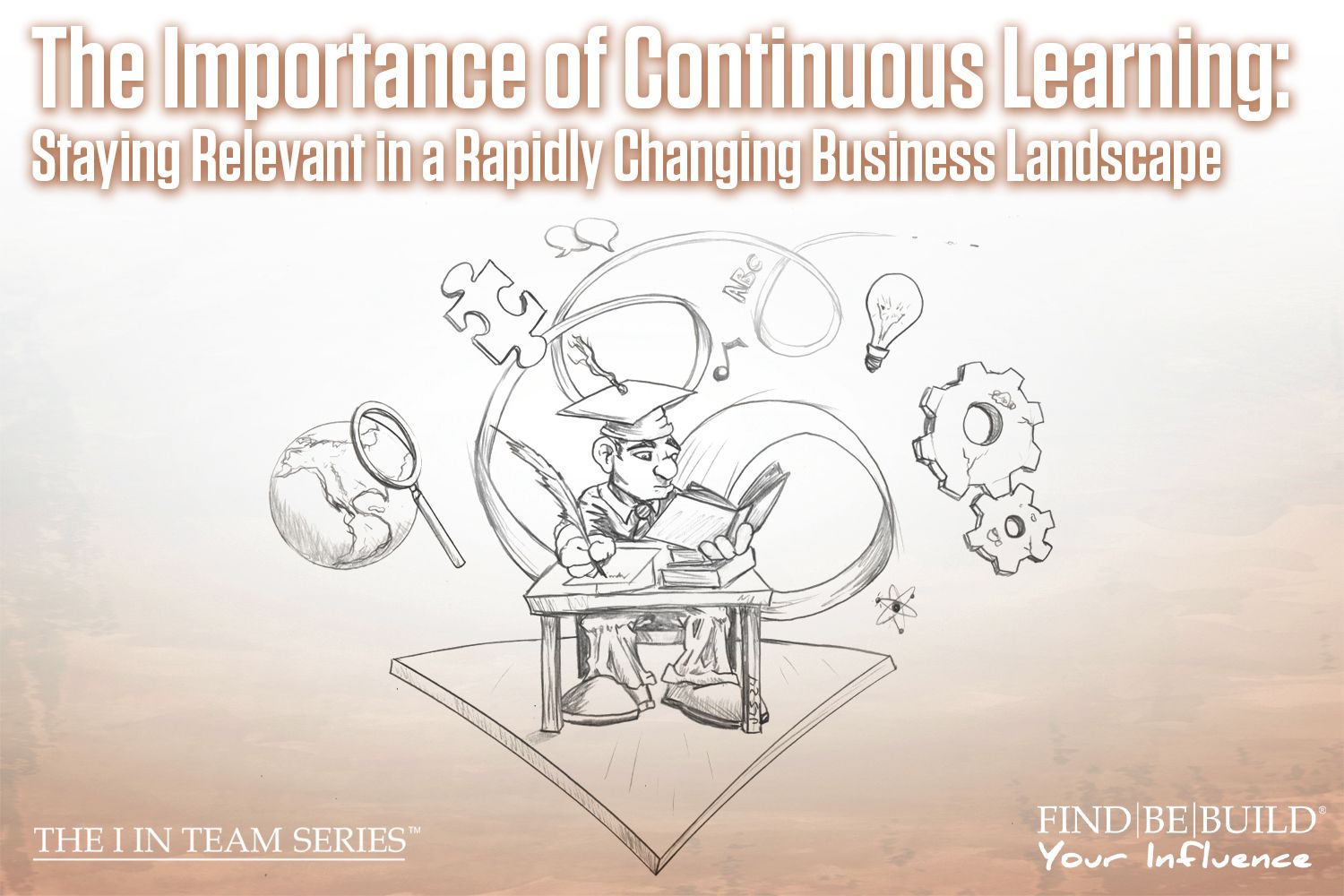Navigating Improvement: Strategies to Help Employees Embrace New Initiatives

Improvement is a constant in any thriving business. Whether it's adopting innovative technology, refining strategies for entering new markets, or enhancing existing processes, the journey of improvement is one that every successful organization must embrace. The reality is that businesses that resist improvement risk stagnation. In fact, a PWC survey found that 40% of CEOs fear their organizations won't be economically viable in the next decade if they don't adapt and improve.
The good news? You don’t have to navigate this journey alone. Here’s how you can turn your team into active participants in your business's continuous improvement—while fostering a culture of growth and collaboration.
1. Start with Why: Connect Improvement to Personal Growth
Don’t just tell your team what’s improving—tell them why it matters and how it connects to their personal and professional growth. For example, if you're introducing new inventory management software, don't simply say, "We're implementing this new tool." Instead, frame it as, "We're adopting this software because it will reduce the time you spend on inventory by 30%, giving you more opportunities to focus on strategic tasks that contribute to your growth and the team's success."
Pro Tip: Hold a meeting to explain the specific benefits of the improvement for each department. Tailor your message to meet the needs of different teams so that everyone understands how this improvement aligns with their goals and values.
2. Involve Them Early: Collaboration Enhances Ownership
One of the biggest mistakes is introducing an improvement without involving your team. People naturally resist what they feel is imposed upon them. To foster a sense of ownership, involve your team early in the process. If you're planning to shift to a new work model, for example, ask your employees what tools or resources they need to make the transition smooth and beneficial for everyone.
Pro Tip: Create a task force that includes representatives from different departments. This collaborative approach will make your team feel invested in the improvement process and provide you with insights that might otherwise be overlooked.
3. Leverage Strengths for Success
Improvement isn’t a one-size-fits-all journey, and neither is your team. Leverage their strengths by assigning roles that align with their abilities. If someone excels at problem-solving but struggles with execution, have them brainstorm solutions and let someone else handle the implementation.
Pro Tip: Conduct a skills assessment to understand your team’s strengths and areas for growth. Using tools like the Kolbe Index and DiSC assessments can help you assign tasks more effectively. If a key skill is missing, consider cross-training or bringing in external expertise to ensure success.
4. Foster Open Communication: Act on Feedback
A common pitfall in managing improvement initiatives is ignoring employee concerns. Encourage open dialogue and, more importantly, act on the feedback you receive. If your team raises valid concerns about a new strategy, be prepared to adjust your approach.
Pro Tip: Schedule regular check-ins during the improvement process. These meetings are not just for progress updates but also for gathering feedback. If someone raises a valid point, address it promptly and make necessary adjustments to your plan.
5. Celebrate Continuous Growth: Recognition Fuels Momentum
Improvement can be demanding, and without recognition, your team might lose motivation. Celebrate small wins along the way. If your team successfully adopts a new system or improves a process, take the time to acknowledge their efforts. Whether it’s ordering lunch for the team, allowing early leave on a Friday, or giving out gift certificates, these gestures can significantly boost morale and reinforce a culture of continuous growth.
Pro Tip: Create a “growth board” where team members can post achievements related to the improvement process. Whether it’s mastering a new tool or hitting a milestone, these celebrations keep the momentum going and morale high.
6. Keep the Conversation Going: Improvement Is Ongoing
Announcements alone aren’t enough to make improvements stick. You need to continually reinforce the message. Revisit your initiatives regularly in team meetings and one-on-one check-ins. Remind your team why these improvements are happening and how they benefit everyone.
Actionable Tip: Set up a recurring meeting—monthly or quarterly—to review the progress of ongoing improvements. Use this time to reassess goals, celebrate successes, and address any challenges. These meetings should be more in-depth than your weekly standups, focusing on strategic discussions and long-term planning.
7. Embrace Flexibility: Improvement Requires Adaptability
Not every plan will work perfectly from the start. Be prepared to pivot if something isn’t yielding the desired results. The ability to adjust your strategy based on real-time feedback demonstrates that you value your team’s input and are committed to continuous improvement.
Pro Tip: After the initial rollout of a new initiative, send out a survey to your team to gather feedback on what’s working and what needs adjustment. Use this data to make the necessary tweaks that can significantly enhance the success of your improvement efforts.
Final Thoughts: Empowering Improvement from Within
Improvement doesn’t have to be a struggle. By engaging your team early, leveraging their strengths, and fostering a culture of open communication and recognition, you can turn potential resistance into enthusiasm. Remember, your team is your greatest asset in navigating improvement—empower them to contribute actively to the process.
Ready to take the next step? Start implementing these strategies today and watch how quickly your team transforms from participants to champions of continuous improvement. If you need support with assessments or managing the improvement process,
IA Business Advisors is here to help.











